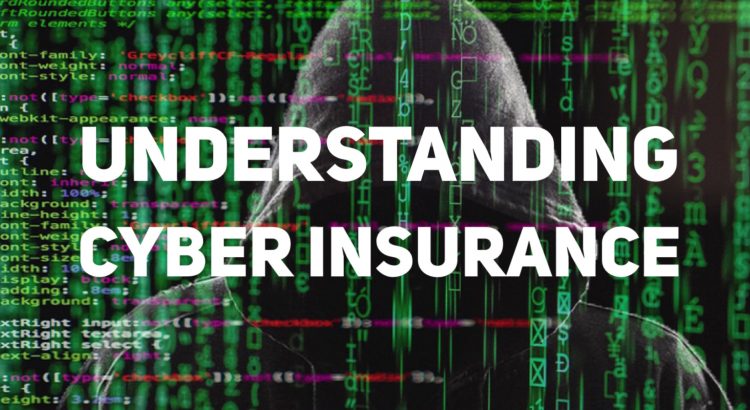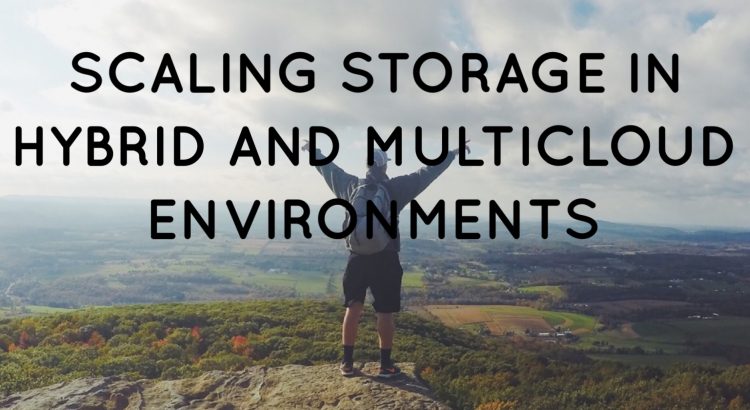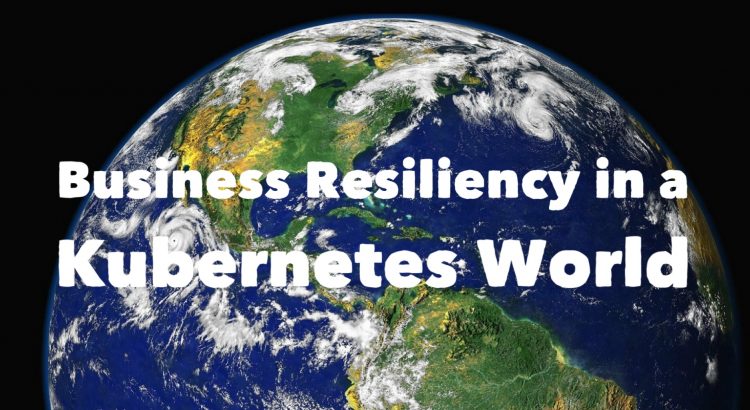At the
2018 KubeCon keynote, Monzo Bank explained the potential risk of running a single massive Kubernetes cluster. A minor conflict between
etcd and Java led to an outage during one of their busiest business days, prompting questions, like “If a cluster goes down can our business keep functioning?” Understanding the business continuity implications
of multiple Kubernetes clusters is an important topic and key area of debate.
It’s an opportunity for the
SNIA Cloud Storage Technologies
Initiative (CSTI) to host “
A Multi-tenant Multi-cluster Kubernetes “Datapocalypse” is Coming” – a live webcast on June 23, 2020 where Kubernetes expert, Paul Burt, will dive into:
- The history of multi-cluster Kubernetes
- How multi-cluster setups could affect data heavy workloads (such as multiple microservices backed by independent data stores)
- Managing multiple clusters
- Keeping the business functioning if a cluster goes down
- How to prepare for the coming “datapocalypse”
Multi-cluster Kubernetes that provides robustness and resiliency
is rapidly moving from “best practice” to a “must have”.
Register today to
save your spot on June 23
rd to learn more and have your questions
answered.
Need a refresher on Kubernetes? Check out the CSTI’s 3-part
Kubernetes in the Cloud series to get up-to-speed.
 ) International Standard work? Is it possible be to both S3 and CMDI compliant? What security measures are in place with CDMI? How, and where, is CDMI being deployed? These are just some of the topics we covered at our recent SNIA Cloud Storage Technologies (CSTI) webcast, “Cloud Data Management & Interoperability: Why A CDMI Standard Matters.”
CDMI is intended for application developers who are implementing cloud storage systems, and who are developing applications to manage and consume cloud storage.
Q. Can you compare CDMI to S3? Is it possible to be both CDMI and S3 compliant? Is it too complicated? Read More
) International Standard work? Is it possible be to both S3 and CMDI compliant? What security measures are in place with CDMI? How, and where, is CDMI being deployed? These are just some of the topics we covered at our recent SNIA Cloud Storage Technologies (CSTI) webcast, “Cloud Data Management & Interoperability: Why A CDMI Standard Matters.”
CDMI is intended for application developers who are implementing cloud storage systems, and who are developing applications to manage and consume cloud storage.
Q. Can you compare CDMI to S3? Is it possible to be both CDMI and S3 compliant? Is it too complicated? Read More

 ) International Standard work? Is it possible be to both S3 and CMDI compliant? What security measures are in place with CDMI? How, and where, is CDMI being deployed? These are just some of the topics we covered at our recent SNIA Cloud Storage Technologies (CSTI) webcast, “Cloud Data Management & Interoperability: Why A CDMI Standard Matters.”
CDMI is intended for application developers who are implementing cloud storage systems, and who are developing applications to manage and consume cloud storage.
Q. Can you compare CDMI to S3? Is it possible to be both CDMI and S3 compliant? Is it too complicated? Read More
) International Standard work? Is it possible be to both S3 and CMDI compliant? What security measures are in place with CDMI? How, and where, is CDMI being deployed? These are just some of the topics we covered at our recent SNIA Cloud Storage Technologies (CSTI) webcast, “Cloud Data Management & Interoperability: Why A CDMI Standard Matters.”
CDMI is intended for application developers who are implementing cloud storage systems, and who are developing applications to manage and consume cloud storage.
Q. Can you compare CDMI to S3? Is it possible to be both CDMI and S3 compliant? Is it too complicated? Read More


 ), also known as the ISO/IEC 17826 International Standard, is intended for application developers who are implementing or using cloud storage systems, and who are developing applications to manage and consume cloud storage. It specifies how to access cloud storage namespaces and how to interoperably manage the data stored in these namespaces. Standardizing the metadata that expresses the requirements for the data, leads to multiple clouds from different vendors treating your data the same.
), also known as the ISO/IEC 17826 International Standard, is intended for application developers who are implementing or using cloud storage systems, and who are developing applications to manage and consume cloud storage. It specifies how to access cloud storage namespaces and how to interoperably manage the data stored in these namespaces. Standardizing the metadata that expresses the requirements for the data, leads to multiple clouds from different vendors treating your data the same. 





